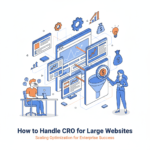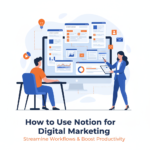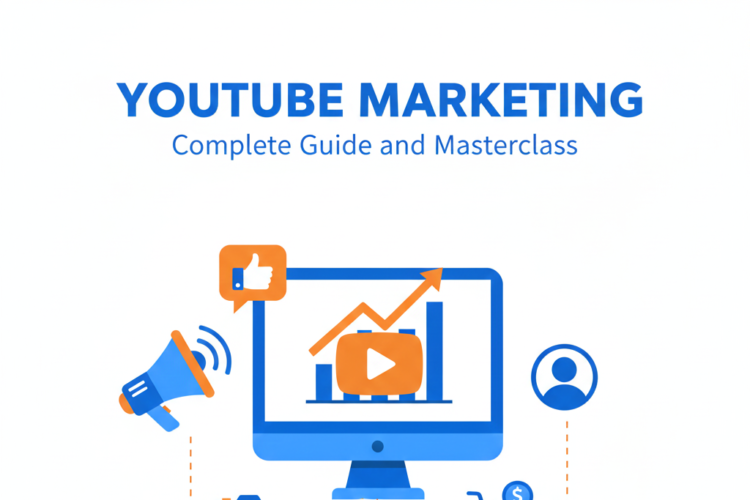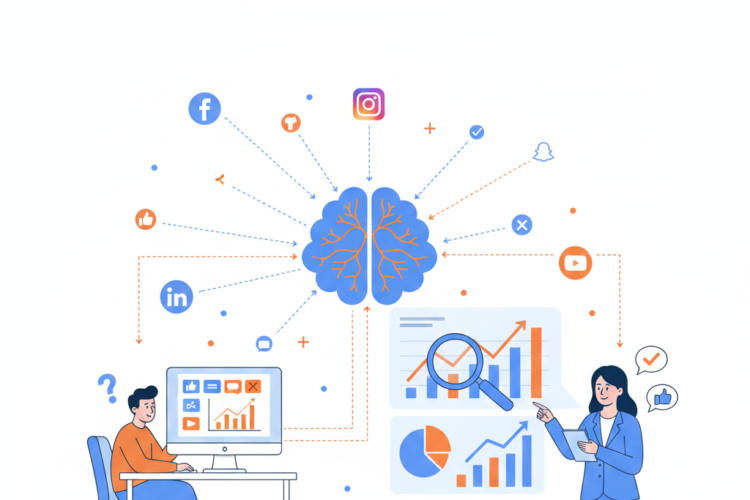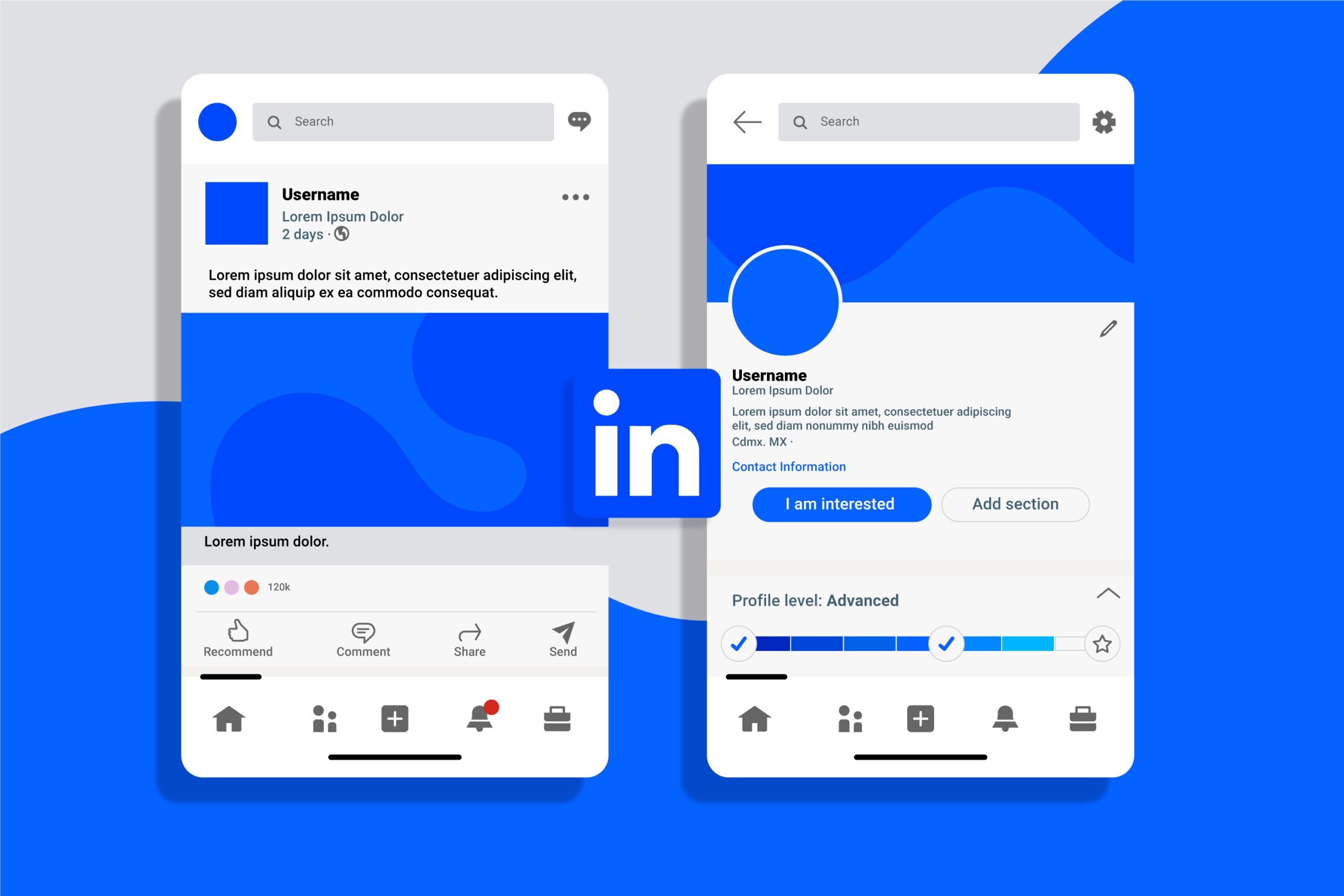
Company Pages vs Personal Profiles on LinkedIn: A Comprehensive Guide
Introduction
LinkedIn is the world’s largest professional network, and it plays a pivotal role in both personal and business branding. However, users and businesses often grapple with the decision of whether to focus more on personal profiles or company pages. Each has its own strengths, limitations, and strategic value.
In this comprehensive guide, we will explore the differences, benefits, and best practices for using LinkedIn company pages and personal profiles. Whether you’re a solopreneur, a marketing professional, or part of a large organization, understanding how to effectively use these two entities can enhance your visibility, credibility, and engagement.
Chapter 1: Overview of LinkedIn Profiles and Pages
1.1 What is a LinkedIn Personal Profile?
A personal profile represents an individual. It includes work history, education, skills, endorsements, recommendations, and personal accomplishments. It’s the foundation of every user’s presence on LinkedIn.
1.2 What is a LinkedIn Company Page?
A company page represents a business, nonprofit, or organization. It provides information about the brand, products or services, job opportunities, and company culture. It can be followed by LinkedIn users.
1.3 Key Differences at a Glance
| Feature | Personal Profile | Company Page |
|---|---|---|
| Purpose | Represents individuals | Represents organizations |
| Connections | Can connect with users | Users can follow but not connect |
| Messaging | Can send direct messages | Cannot message followers directly |
| Posting | Can post updates, articles, videos | Can share company updates, jobs, content |
| Endorsements | Can receive skills endorsements | Cannot receive endorsements |
| Visibility | More visibility through interactions | More structured but less reach |
Chapter 2: Advantages of Personal Profiles
2.1 Human Connection
People connect with people. Personal profiles enable direct engagement, personal storytelling, and relationship building.
2.2 Higher Organic Reach
LinkedIn’s algorithm favors content from personal profiles. Posts from individuals typically receive higher engagement and visibility than those from company pages.
2.3 Credibility and Thought Leadership
Personal profiles allow individuals to share opinions, insights, and professional experiences, helping them establish thought leadership in their domain.
2.4 Direct Communication
With messaging capabilities and the ability to comment and engage authentically, personal profiles are ideal for networking and lead nurturing.
2.5 Flexibility and Mobility
Profiles grow with the individual. Even if they change companies, the profile remains relevant and valuable.
Chapter 3: Advantages of Company Pages
3.1 Brand Presence and Recognition
A company page serves as the official voice of a brand. It helps establish a presence on LinkedIn with consistent branding, logos, taglines, and descriptions.
3.2 Recruitment and Job Listings
Company pages allow businesses to post job openings and attract talent, making them essential for HR and recruitment efforts.
3.3 Showcase Pages and Services
Businesses can create showcase pages for different products, services, or departments. These extensions help segment content for various audiences.
3.4 Analytics and Insights
LinkedIn offers analytics for company pages that help track post engagement, follower growth, demographics, and more.
3.5 Paid Advertising
Only company pages can run LinkedIn ads. This makes them crucial for businesses investing in paid social strategies.
Chapter 4: Use Cases and Strategic Applications
4.1 When to Focus on a Personal Profile
Freelancers and consultants
Industry experts building a personal brand
Sales professionals engaging in social selling
Job seekers and career changers
4.2 When to Focus on a Company Page
Established businesses seeking brand recognition
Companies recruiting actively
Organizations running paid campaigns
B2B brands showcasing services
4.3 Best Results: Combining Both
The most effective strategy involves a hybrid approach:
Employees amplify company page content
Leaders share insights to build trust
Brands post regularly and use ads for reach
Chapter 5: Content Strategy Comparison
5.1 Personal Profile Content Types
Status updates
Native videos
Articles and blog-style posts
Personal stories and professional lessons
Comments and engagement on others’ posts
5.2 Company Page Content Types
Press releases and company news
Job postings
Product/service promotions
Industry reports and whitepapers
Behind-the-scenes culture videos
5.3 Content Performance Trends
Studies show that:
Personal stories get 2-3x more engagement than branded content
Company posts with employee interaction (likes/shares) perform significantly better
Native video and carousel formats improve visibility for both profiles and pages
Chapter 6: Engagement and Growth Tactics
6.1 For Personal Profiles
Connect with industry peers
Comment meaningfully on relevant posts
Use hashtags strategically
Post consistently (2–3 times per week)
Tag others to increase visibility
6.2 For Company Pages
Encourage employee advocacy
Run targeted LinkedIn ads
Host live events or webinars
Utilize lead gen forms in sponsored content
Post updates during optimal engagement hours
Chapter 7: SEO and Discoverability
7.1 Profile SEO
Optimize the headline and summary
Use relevant keywords in job descriptions
Add rich media (certificates, portfolio, presentations)
7.2 Page SEO
Optimize the About section with primary keywords
Link to your page from employee profiles
Include SEO-friendly job descriptions and taglines
Chapter 8: Case Studies and Examples
8.1 Personal Branding Success
Jane Doe, a content strategist, used her personal profile to share her writing tips. Over time, she gained thousands of followers and landed speaking gigs through LinkedIn.
8.2 Company Branding Success
TechSolutions Inc. optimized its company page, ran targeted ads, and encouraged its employees to share content. Within six months, it saw a 70% increase in qualified leads from LinkedIn.
8.3 Combined Power
An HR tech startup saw explosive growth by:
Publishing employee spotlights via personal profiles
Hosting webinars through the company page
Running ads to promote downloadable guides
Chapter 9: Tools to Enhance Both Profiles and Pages
9.1 Tools for Personal Branding
Canva (for graphics)
Grammarly (for polished writing)
Buffer or Hootsuite (for scheduling posts)
Shield Analytics (for LinkedIn profile analytics)
9.2 Tools for Company Pages
LinkedIn Campaign Manager
HubSpot (for lead generation)
LinkedIn Analytics Dashboard
GaggleAMP (for employee advocacy)
Chapter 10: The Future of LinkedIn Marketing
10.1 Increasing Role of Influencer Marketing
LinkedIn influencers are becoming powerful voices for brands. Companies are partnering with employees and industry leaders to co-create content.
10.2 Video and Live Streaming
LinkedIn Live and video content continue to grow. Both profiles and pages can leverage these formats for deeper engagement.
10.3 AI and Automation
AI tools are assisting in content creation, scheduling, and personalization for both personal profiles and company pages.
10.4 Employee Advocacy at Scale
Organizations are increasingly investing in training employees to become brand ambassadors on LinkedIn.
Conclusion
Both personal profiles and company pages are essential tools in a successful LinkedIn strategy. They serve different purposes but can powerfully complement each other. Personal profiles provide authenticity and connection, while company pages offer structure, branding, and scalability.
To maximize LinkedIn’s potential:
Build a strong personal profile with consistent content
Develop a branded and active company page
Encourage alignment between individual and corporate messaging
By leveraging the strengths of both platforms, businesses and professionals can create meaningful relationships, drive leads, and establish thought leadership in their industry.
Author
